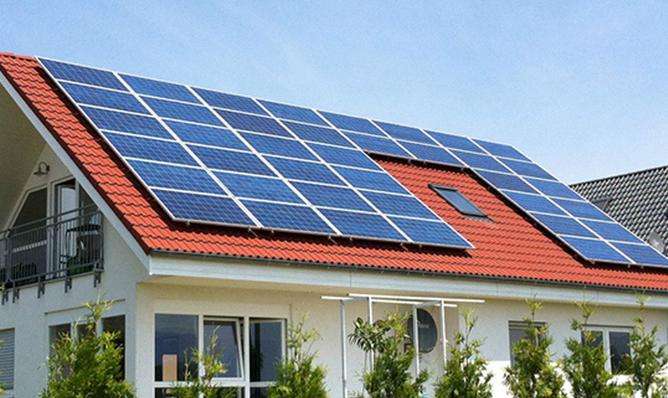People use the movement of air to generate electricity.
Using rarefied air to generate electricity may sound like science fiction, but a new technology based on nanowires – power-generating bacteria – can do just that. this in air containing humidity.
This new research, published in "Nature" on February 17, shows that protein filaments produced by energy-generating bacteria can generate enough energy to light LED bulbs. Although researchers don't yet know exactly how these protein filaments work, the small generator is so powerful that 17 of these devices linked together can produce 10 volts, enough to power a cell phone.
The principle of wind power generation
Convert the kinetic energy of wind into mechanical kinetic energy, then conconvert mechanical energy into electrical kinetic energy. The principle is to use wind power to turn the windmill blades, then use the boost to increase the rotation speed, prompting the generator to produce electricity. According to wind turbine technology, electricity production can begin at a wind speed of three meters per second. Wind power generation is creating excitement around the world and wind power generation does not require the use of fuel.
There is no radiation or air pollution. Convert wind kinetic energy to mechanical kinetic energy, then convert mechanical energy to electrical kinetic energy. The principle is to use wind energy to turn the blades of the wind turbine.
The rotation speed is then increased thanks to the speed multiplier, encouraging the generator to produce electricitytricity. According to wind turbine technology, electricity production can begin at a wind speed of three meters per second. Wind energy is generating enthusiasm around the world. Wind energy does not require the use of fuel and does not produce radiation or air pollution.














